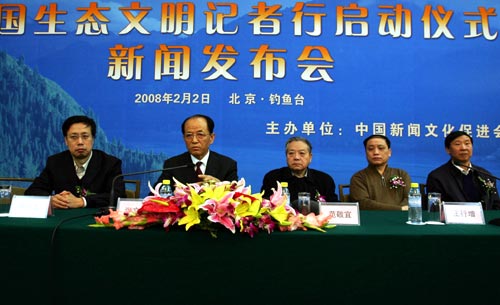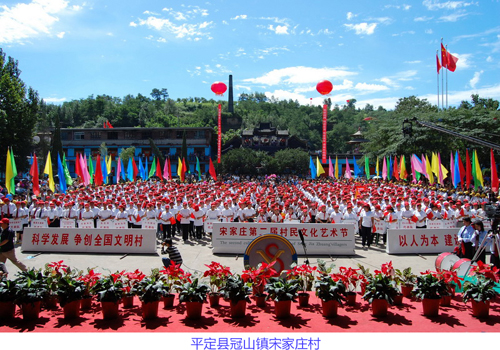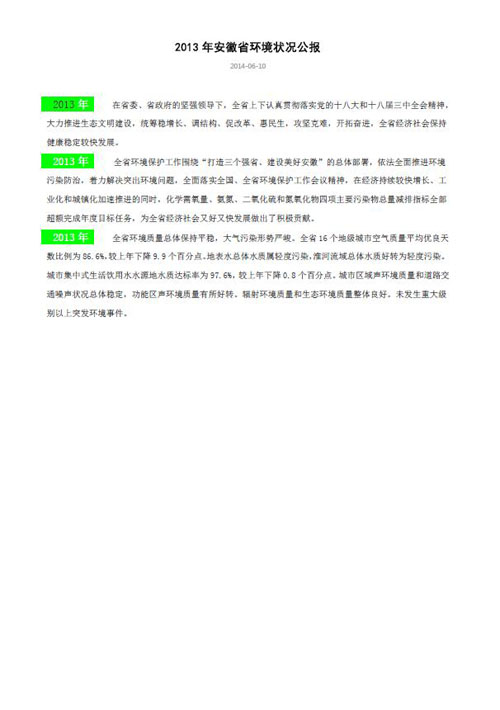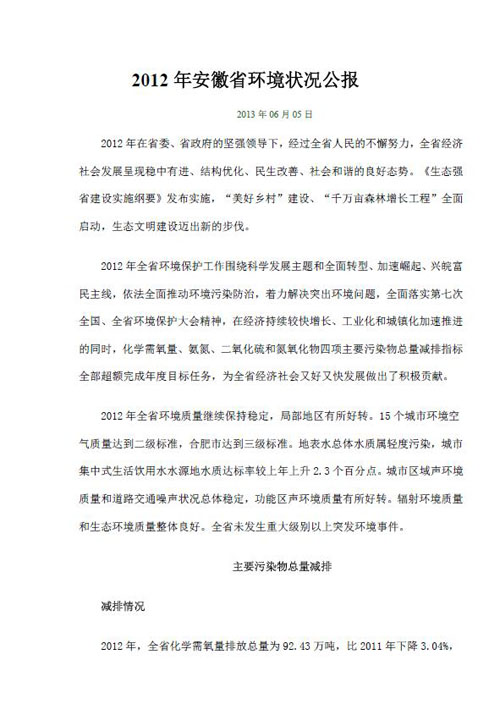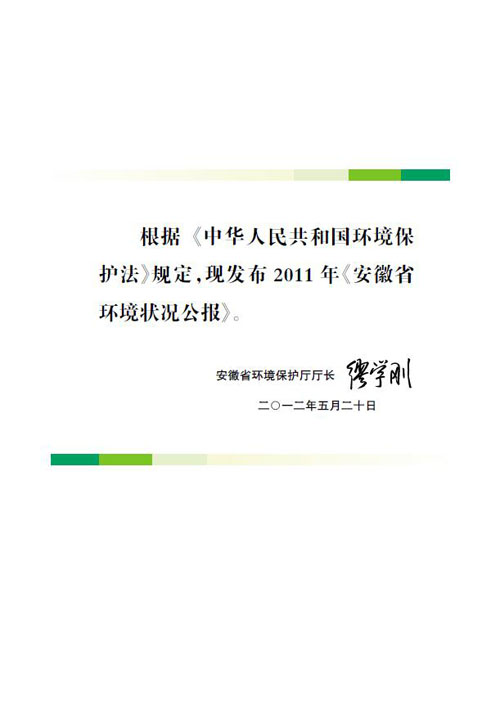
海绵城市中绿色基础设施建设与人的审美认识研究
编号
lyqk006948


中文标题
海绵城市中绿色基础设施建设与人的审美认识研究


作者单位
同济大学 上海 200092


期刊名称
中国城市林业


年份
2018


卷号
16


期号
4


栏目名称
研究论文


中文摘要
文章通过分析海绵城市环境建设与人的审美认识心理要素中感知情感、想象情感、理解情感等的关系,归纳出海绵城市建设环境与人的审美认识心理的一致性,并提出基于人审美认识心理的海绵城市环境建设策略。在生态文明建设的背景下,把雨水的资源化管理与人对美的自主追求结合起来,科学解决雨水控制利用的同时,通过空间环境的塑造等方式把人的情感方式、生活方式,人的所思所想加以呈现,使海绵城市环境的美既是外在的,又是内在的;既是表现性的,又是表意性的;既是在场的,又是超越的;最终反应人的精神需求与生态智慧的最高境界——天人合一,从而实现城市作为人的栖居之地其庇护环境和慰藉心灵的作用。


关键词
海绵城市
环境建设
城市美学
人的审美认识
认识心理要素
生态文明


基金项目
上海市城市更新及其空间优化技术重点实验室开放课题资助(201820303);2018年度同济大学研究生教育研究与改革项目(0100106057/005)


英文标题
A Study of Green Infrastructure Construction and Human Aesthetic Cognition in Sponge City


作者英文名
Jin Yunfeng, Peng Xi, Shen Jie


单位英文名
Tongji University, Shanghai 200092, China


英文摘要
Through the analysis of the relationship between environment development and factors to aesthetic awareness psychology such as human perception emotion, imagination emotion and understanding emotion in sponge cities, the paper summed up the consistency of the aesthetic awareness psychology and the environment, and put forward the environment development strategy for sponge cities based on human aesthetic understanding. In the context of ecological civilization development, the paper combined the rainwater resource management and the independent pursuing of people to aesthetics to present people's emotion, living and thinking by put the spacial environment into different shapes and modes and at the same time control and utilize the rain water in a scientific way. In this way can the environment beauty of sponge cities be presented both externally and internally, in performance and ideality, and ubiquitously and beyond. As a result, sponge cities ultimately reflect the spiritual needs of people and the highest level of ecological wisdom, i.e., harmony between man and nature, and play a role in protecting environment and comforting the souls as the living space of humans.


英文关键词
sponge city;environment development;urban aesthetics;human aesthetic cognition;cognitive psychological factor;ecological civilization


起始页码
12


截止页码
16


投稿时间
2018/1/19


作者简介
金云峰(1961-),男,教授,博士生导师,同济大学建筑与城市规划学院景观学系副系主任,研究方向为风景园林规划设计方法与技术、景观有机更新与开放空间公园绿地、自然资源保护与风景旅游空间规划、中外园林与现代景观,E-mail:jinyf79@163.com


通讯作者介绍
沈洁(1985-),女,博士,同济大学建筑与城市规划学院景观学系助理教授,硕士生导师,研究方向为园林规划设计与理论、风景园林价值与绩效评价、循环设计研究,E-mail:jieshen@tongji.edu.cn


E-mail
jieshen@tongji.edu.cn


DOI
10.3969/j.issn.1672-4925.2018.04.003


参考文献
[1] 金云峰,杜伊,陈光.新型城镇化进程中新区规划建设生态转型研究[J].中国城市林业,2015,13(3):1-5.
[2] 金云峰,杜伊,陈光.生态工程综述:基于风景园林工程与技术二级学科的视角[J].中国园林,2015,31(2):89-93.
[3] 金云峰,蒋祎,汪翼飞.基于海绵城市实施途径:多规合一背景下市域层面绿地类型探讨[J].广东园林,2016,38(4):4-8.
[4] 吴丹洁,詹圣泽,李友华,等.中国特色海绵城市的新兴趋势与实践研究[J].中国软科学,2016(1):79-97.
[5] 俞孔坚,李迪华,袁弘,等.海绵城市理论与实践[J].城市规划,2015,39(6):26-36.
[6] 李伯娟.海绵城市营建中雨水景观的美学分析[J].决策探索(下半月),2016(6):76-77.
[7] 杨青娟,罗斯·艾伦,梅瑞狄斯·多比.风景园林学在海绵城市构建中的角色研究:以澳大利亚墨尔本为例[J].中国园林,2016,32(4):74-78.
[8] 保罗·戈比斯特.西方生态美学的进展:从景观感知与评估的视角看学术研究[J].杭迪,译,程相占,校.学术研究,2010(4):2-15.
[9] 蒋培坤.审美活动论纲[M].北京:中国人民大学出版社,1988.
[10] 刘滨谊,张德顺,刘晖,等.城市绿色基础设施的研究与实践[J].中国园林,2013,29(3):6-10.
[11] 李泽厚.华夏美学[M].天津:天津社会科学院出版社,2001.
[12] 李添湘,易健.论审美感知与审美想象[J].湖南教育学院学报,1995(4):27-32.
[13] 金云峰,杜伊.绿色基础设施雨洪管理的景观学途径:以绿道规划与设计为例[J].住宅科技,2015,35(8):4-8.
[14] Greening of Cities.International workshop on Green Urban Infrastructure[EB/OL].International workshop on Green Urban Infrastructure.(2013-01-08).[2018-01-05].http://www.greeningofcities.org/wp-login.php.
[15] 金云峰,项淑萍.原型激活历史:风景园林中历史性空间设计[J].中国园林,2012,28(2):53-57.
[16] 蒙培元.情感与理性[M].北京:中国社会科学出版社,2002.
[17] 彭茜,金云峰.透过西方艺术作品的风景意涵与体验研究[J].风景园林,2016(11):121-128.
[18] 仇保兴.海绵城市(LID)的内涵、途径与展望[J].建设科技,2015(1):11-18.
[19] 袁鼎生.审美生态学[M].北京:中国大百科全书出版社,2000.
[20] 蒙小英,张红卫,孟璠磊.雨水基础设施的景观化与造景系统[J].中国园林,2009,25(11):31-34.
[21] 高嘉,王云才.从美国西雅图雨水管理系统看我国海绵城市发展[J].中国城市林业,2015,13(6):40-44.


PDF全文
浏览全文


-
相关记录
更多
- 与世界共享中国生态文明故事——评《讲述生态文明的中国故事》 2022
- 超循环经济:破解“资源诅咒”,实现“两山”共生 2022
- 生态文明背景下共享竹具在城市公园中的应用 2023
- 退耕还林还草文化构建 2023
- 林草融合视角下干旱区生态、经济和社会发展问题探讨 2021
- 建筑小区雨水控制模拟——以河源新华园小区为例 2020
 打印
打印

